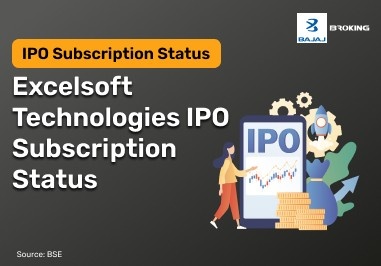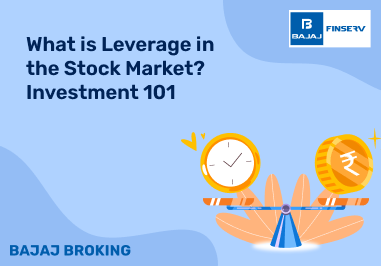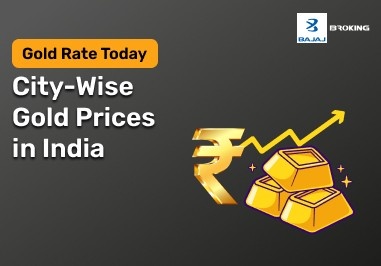High-frequency trading, or HFT, always sounds futuristic — machines firing off trades faster than you can blink. In practice, it’s less science fiction and more plumbing. HFT keeps the market pipes flowing, pushing trades through in milliseconds and quietly shaping how prices form.
What does that mean in real terms? Faster trades, fewer gaps, and prices that actually reflect what buyers and sellers are thinking at that moment. Algorithms aren’t emotional — they don’t panic or hesitate. So, errors shrink, arbitrage windows close quicker, and the market responds almost instantly to news.
In India, the adoption of HFT by exchanges like NSE and BSE has quietly reshaped the microstructure of trading. It feels invisible, but if you compare today’s spreads or execution speeds with even a decade ago, the difference is startling. Efficiency has become the baseline, not the bonus.
HFT’s Contribution to Market Liquidity
Liquidity is one of those terms everyone nods at, but it’s slippery. Essentially, it means how easily you can buy or sell without pushing prices around too much. HFT, in stable conditions, does a lot of the heavy lifting here.
By continuously placing buy and sell orders, these firms are like constant background noise in the order book. That noise matters. It narrows bid-ask spreads and makes trade matching almost effortless. For regular investors, it translates into smoother execution.
India’s markets, especially equities and derivatives, have felt this effect. The presence of HFT has deepened liquidity, stabilised prices, and given both retail and institutional investors a sturdier environment to transact in. Costs fall, participation broadens, and markets breathe easier.
But there’s a twist. This liquidity is loyal only in calm weather. When things get unstable, HFT can pull out, leaving gaps at the worst possible times. It's like a friend who is around during the good times but disappears when things go tough.
Potential Risks of HFT to Market Stability
Here’s the catch: speed cuts both ways. Algorithms work without hesitation, but that’s not always comforting. One wrong line of code, one glitch, and the domino effect is near-instant. Prices tumble before humans even realise what’s happening.
Then there are strategies that feel… predatory. Quote stuffing, spoofing — call them what you like, they distort genuine demand and supply signals. And when too many algorithms chase the same pattern, herd behaviour kicks in. Suddenly, small ripples turn into tidal waves.
In India, the balancing act is delicate. Exchanges want innovation, but retail confidence can crumble if a sudden liquidity withdrawal or botched algo trade wipes out value. The very tool that adds efficiency in one moment can erode trust in the next.
Instances of Increased Volatility Attributed to HFT
HFT has also been linked to episodes of sudden volatility. Why? Because algorithms often respond in sync. A single market signal can trigger simultaneous trades, creating sharp spikes or crashes that feel almost unnatural.
We’ve seen this in India too. Mid-cap stocks have occasionally faced flash crashes when liquidity just vanished, leaving bewildered traders staring at screens. Globally, similar patterns have emerged — abrupt collapses and rebounds with no “real” news behind them.
Some strategies even intentionally provoke this — momentum ignition, for instance, tries to spark movement to profit from the chaos. Liquidity exists, yes, but it’s shallow. And under stress, it disappears faster than you’d expect.
Case Study: The May 6, 2010 Flash Crash
The flash crash of May 2010 is the cautionary tale every regulator remembers. Within minutes, the Dow Jones plunged nearly 1,000 points. Then, as if nothing happened, it bounced back in under 20 minutes.
The spark was a large sell order. But the fire spread because of HFT. Algorithms amplified the shock, withdrawing liquidity instead of absorbing it. Human traders simply couldn’t step in fast enough to break the feedback loop.
This event rattled global confidence. It also forced regulators — India included — to rethink safeguards. Circuit breakers, kill switches, tighter algo controls: all became part of the new market rulebook. The lesson? HFT magnifies both efficiency and fragility.
Regulatory Perspectives on High-Frequency Trading
Regulators haven’t ignored this. SEBI in India has laid down rules for algorithmic trading that aim to keep the field level. Pre-trade risk checks, order-to-trade ratios, and exchange-level oversight are now standard.
Practices like spoofing or layering are closely watched. Circuit breakers and colocation facilities operate under strict guidelines. Globally, too, measures like audit trails and latency equalisation are in place to prevent abuse.
It’s not about stopping HFT. It’s about making sure the speed advantage doesn’t tilt into unfairness or systemic risk. Transparency, safety, and equal access are the guiding principles.
Ethical Considerations and Market Fairness
Now, ethics. This part feels less technical but maybe more important. HFT companies spend millions on infrastructure to save milliseconds. That edge puts traditional and retail traders behind, making them wonder if the game is rigged.
Some methods make it hard to tell the difference between smart and exploitative. Quote stuffing and pinging secret commands might be lawful, but they don't seem right. And when companies reduce liquidity during times of stress, ordinary investors are generally the ones who have to deal with the risk.
For India, fairness means making sure that technology doesn't become a barrier that only the rich can pass. Regulators and exchanges need to maintain pushing for trust, openness, and ease of use. Without such, improvements in efficiency won't mean much.
Conclusion
HFT has undeniably transformed trading — in India and globally. It narrows spreads, boosts liquidity, and accelerates discovery. But it also adds new risks: flash crashes, herd-driven swings, and fairness concerns.
The May 2010 flash crash proved how fragile the system could be when speed overwhelms human checks. For India, the path forward lies in careful oversight, resilient systems, and equitable access.
In the end, HFT isn’t a villain or a saviour. It’s a tool — powerful, imperfect, and here to stay. How we use and regulate it will decide whether it strengthens or destabilises the markets we all depend on.
Additional Read:- What is high frequency trading















